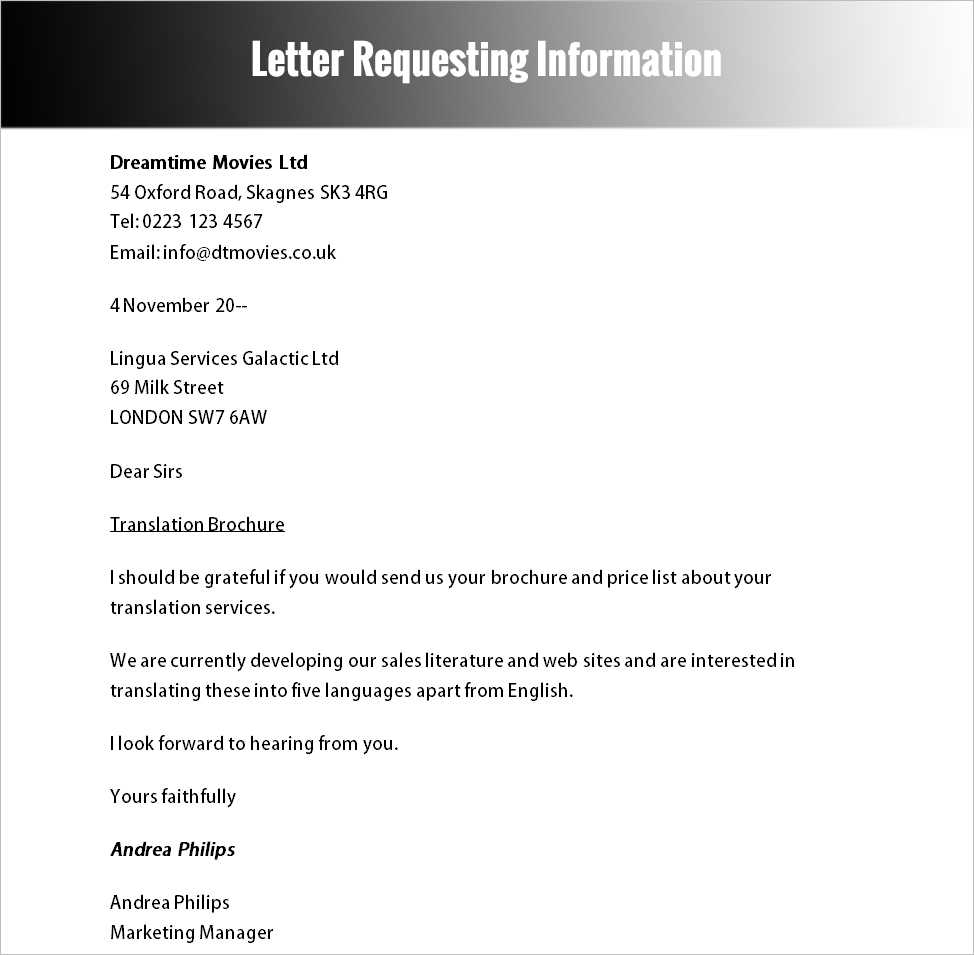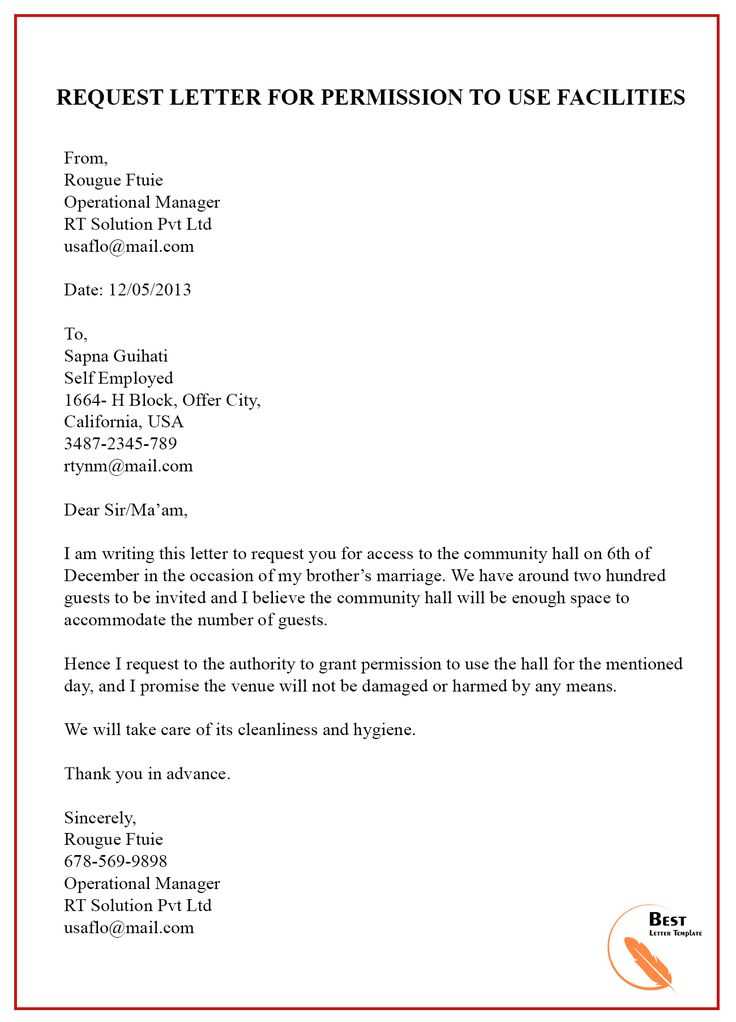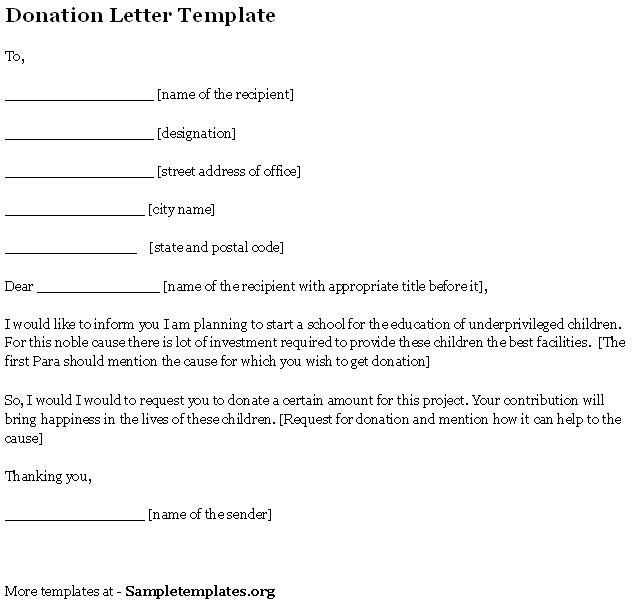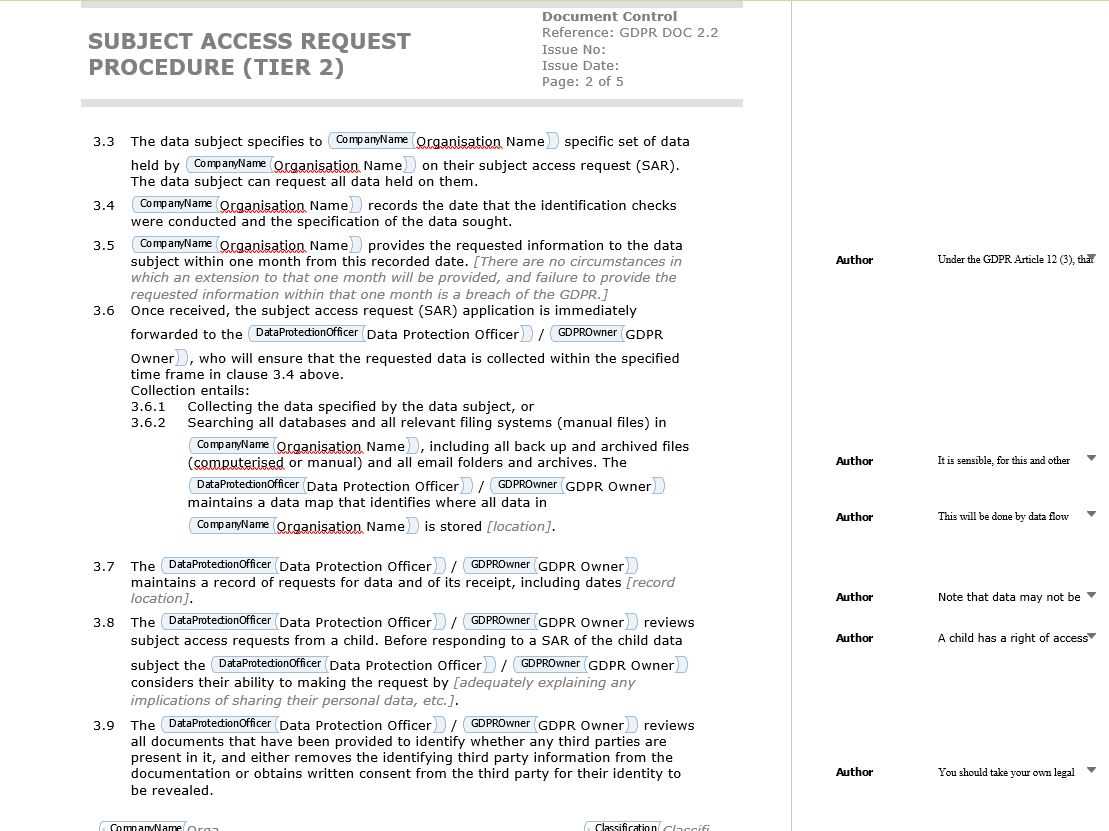Access Request Letter Template for Easy Customization

In many professional environments, it is necessary to formally ask for specific permissions or information. Whether it’s for accessing certain files, systems, or areas, such a request requires clarity and a structured approach to ensure it is taken seriously. This process helps to maintain professionalism while clearly stating the purpose behind the request.
Creating a well-crafted document for this purpose can significantly impact the likelihood of a positive response. The right wording and format are key to making the request straightforward and easy for the recipient to understand. Having a consistent structure in such documents ensures that important details are not overlooked and enhances the chances of success.
By following a clear and organized approach, individuals can make sure their intentions are understood and respected, while also fostering efficient communication within their organization or with external entities.
Why You Need an Access Request Letter

When it comes to obtaining permission or certain resources, clear communication is essential. A formal written request serves as the most effective way to outline your needs and ensure there are no misunderstandings. Whether seeking permission to enter restricted areas, obtain confidential data, or utilize specific tools, having a structured appeal is crucial in any professional setting.
Establishing Professionalism and Clarity
A well-organized document ensures that the recipient understands the intent behind the request. By presenting your case in a concise and professional manner, you increase the chances of a timely and favorable response. It shows that you respect the process and the authority of the person you’re reaching out to.
Documentation for Future Reference
One of the most practical reasons for using this type of formal communication is record-keeping. A written request provides a clear trail of your efforts and can serve as proof in case any issues arise later. This helps both the requester and the person granting permission keep track of what was requested and when.
| Benefits | Details |
|---|---|
| Professional Image | Shows respect for procedures and authority |
| Clear Communication | Ensures the purpose and scope are easily understood |
| Record Keeping | Creates a documented trail for future reference |
Key Elements of an Effective Letter

For any formal inquiry, it’s essential to present the information clearly and concisely. A well-written document should cover the necessary details while maintaining a professional tone. The main goal is to ensure that the recipient understands the purpose and context of your appeal, without confusion or ambiguity.
To achieve this, certain components must be included to create a structured and impactful message. These elements guide the recipient through your intentions, making it easier for them to take the required action. Clarity and brevity are crucial, as well as ensuring that all the important facts are addressed.
1. Clear Purpose
The first element of any formal document is a clear statement of purpose. It should explain exactly why you are reaching out and what you expect as a result. A well-defined objective helps eliminate any potential confusion and directs the recipient’s attention to the matter at hand.
2. Relevant Details
Including all relevant information is key. This could involve providing background information, dates, or specific references that support your request. Without these details, your message may lack the necessary context to prompt a response.
3. Professional Tone
A professional tone sets the foundation for respectful communication. Using polite and formal language demonstrates that you take the matter seriously and value the recipient’s time. Avoid any casual phrasing or emotional language that could undermine the professionalism of your appeal.
4. Contact Information
Always include clear contact details in case the recipient needs to follow up with additional questions or clarification. This ensures the communication remains two-way and provides a direct line of response.
Common Mistakes in Access Requests

When making formal inquiries for permission or specific information, it’s easy to overlook key elements that can undermine the effectiveness of your communication. Simple errors can lead to confusion, delays, or even rejection of your request. Being mindful of these mistakes is crucial to ensuring your appeal is professional and clear.
One of the most frequent issues is a lack of clarity. Failing to clearly state the purpose of the request or to explain why the information or permission is necessary can lead to misunderstandings. It’s important to directly communicate the need and provide enough context to support your position.
Another common mistake is neglecting the recipient’s perspective. Tailoring your communication to the person or organization you’re addressing is essential. Overly casual language or a tone that is too forceful can be off-putting. Similarly, not acknowledging the recipient’s time or constraints can result in a negative impression.
Additionally, many people fail to provide all necessary information. Whether it’s missing dates, references, or specific details about the request, leaving gaps can make it harder for the recipient to evaluate and act on your appeal. Always ensure that you’ve included every relevant piece of information.
Finally, forgetting to proofread your message can lead to grammatical errors or unclear phrasing, which can undermine your credibility. A well-proofed document is more likely to be taken seriously and increases the chance of a prompt and favorable response.
How to Tailor Your Template
Customizing your formal request is essential for ensuring that it is both relevant and effective. A generic document will not address the specific needs of your situation, and may not resonate with the recipient. By personalizing the content, you can make sure your message is clear, professional, and compelling.
To begin tailoring your communication, focus on adjusting the content to fit the context of your appeal. Here are some key steps to follow:
- Identify the Purpose: Ensure that your reason for reaching out is clear and specific. Whether you’re seeking access to resources or information, explain exactly what you need and why it’s important.
- Address the Recipient Properly: Customize the greeting based on your relationship with the recipient. If it’s a formal request, use their full title and name. For a more casual approach, a first name may be appropriate.
- Include Relevant Details: Every situation is different, so make sure to include all the necessary information that supports your request. Mention relevant dates, context, or any references that will help the recipient understand your need.
- Adjust the Tone: Consider the relationship and formality of the recipient. A formal tone is important for professional settings, while a more conversational style may be suitable for colleagues or familiar contacts.
- Provide Next Steps: Indicate what action you would like the recipient to take after reading your message. Be clear about how they can respond, whether it’s through a meeting, email, or another form of communication.
By carefully tailoring your message to the situation and recipient, you improve your chances of a positive outcome and maintain professionalism throughout the process.
Examples of Access Request Letters
When making a formal appeal for permission or information, using a well-structured example can be highly effective. It allows you to understand the format, tone, and specific content needed to convey your message clearly. Below are a few examples of formal communications that demonstrate how to request access to various resources or areas.
Example 1: Request for Access to Confidential Data
Dear [Recipient Name],
I am writing to request access to [specific data/resource] for the purpose of [reason]. This information is crucial for [explain how it will assist in your work/project]. I assure you that I will adhere to all confidentiality agreements and handle the information responsibly.
If you require any further details or clarification, please do not hesitate to contact me. I look forward to your positive response and thank you for your consideration.
Sincerely,
[Your Name]
Example 2: Request for Physical Access to a Restricted Area
Dear [Recipient Name],
I hope this message finds you well. I am requesting permission to access the [specific area] on [date(s)] for the purpose of [explain purpose]. I understand the security measures in place and am fully prepared to follow all protocols to ensure safe and authorized entry.
Please let me know if you require additional information or if any further steps are necessary to process this request.
Thank you for your time and consideration.
Sincerely,
[Your Name]
Best Practices for Sending Requests
Sending a formal communication to obtain permission or information requires careful consideration to ensure that your message is clear, polite, and professional. Following best practices not only increases the likelihood of a favorable response but also ensures that you respect the recipient’s time and authority. Below are some key guidelines for crafting and sending your appeal effectively.
Be Clear and Concise
When crafting your message, ensure that your purpose is clear from the beginning. Avoid unnecessary details that may confuse the recipient or divert attention from your main point. State your request directly, outlining what you need, why you need it, and how it will be used. Being concise ensures your message is understood quickly and efficiently.
Consider the Timing
Sending your communication at the right time is crucial. Avoid sending urgent requests at the last minute, and allow the recipient enough time to process and respond. If you know there are specific deadlines involved, make sure to communicate them politely and in advance, giving the recipient ample opportunity to take action.
Additionally, make sure to follow up if you don’t receive a response within a reasonable timeframe. A gentle reminder can help keep your request top of mind without being overly persistent.